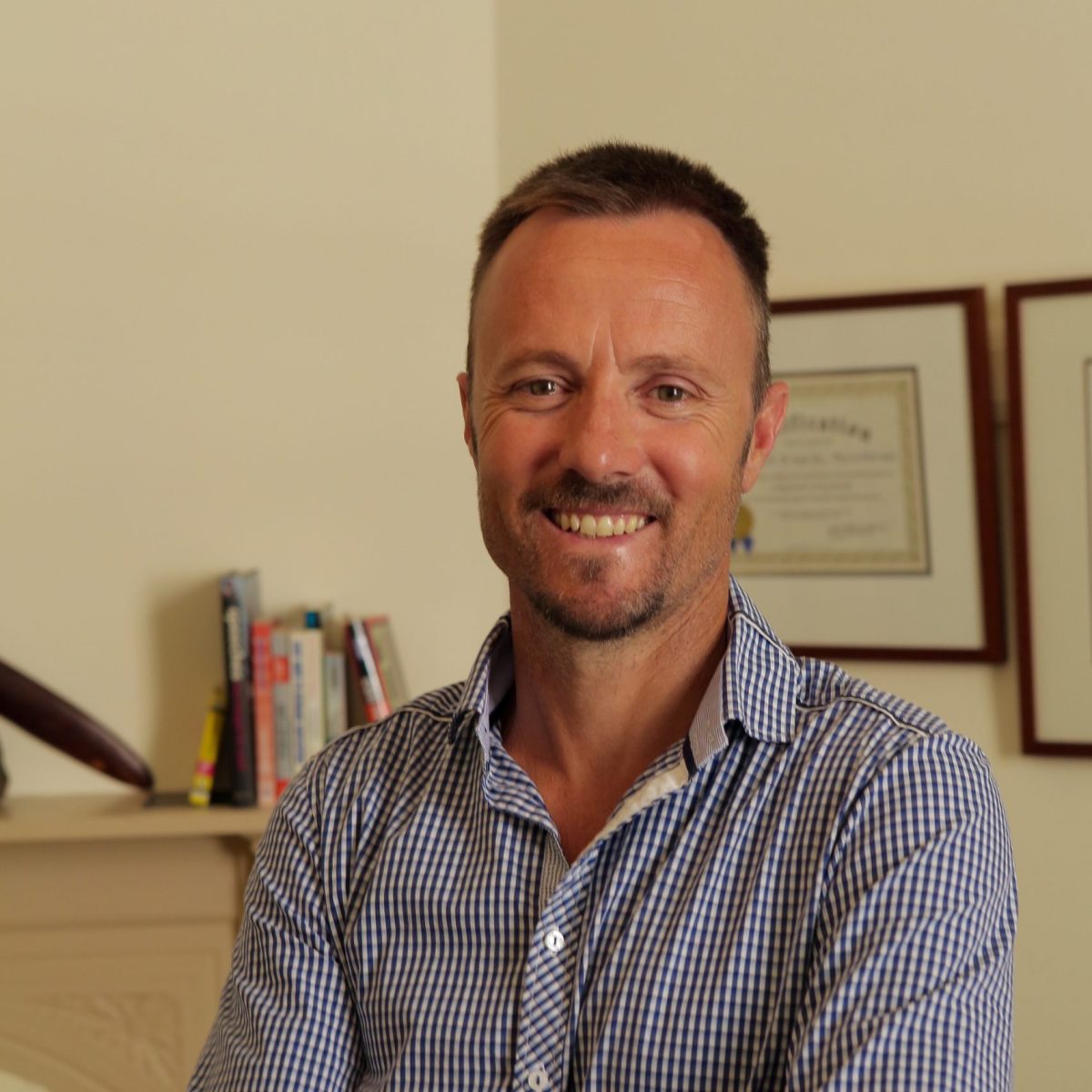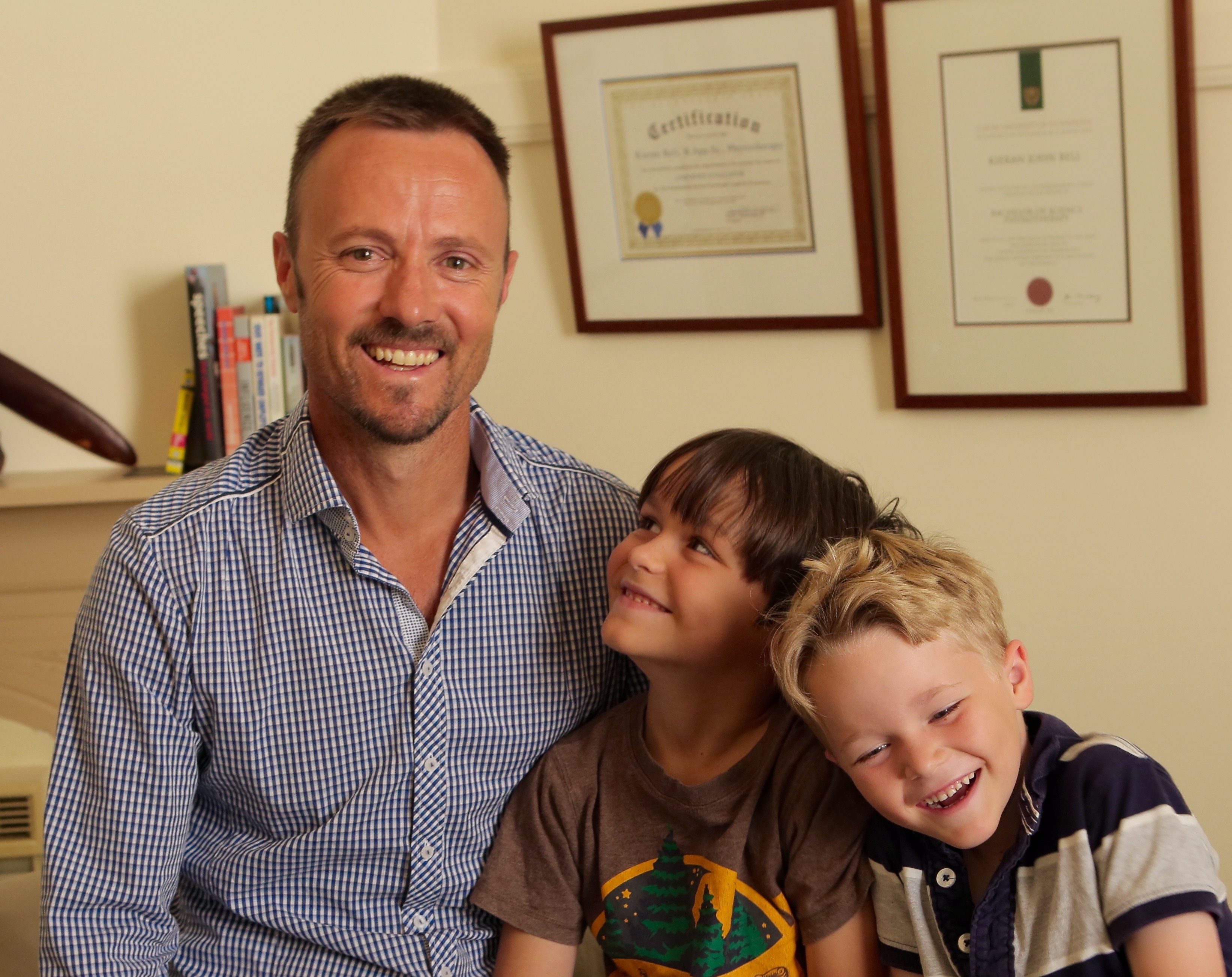
I’m Kieran Bell
I am a physiotherapist with 30 years of experience.
My interest has been in a few different directions over the years and my current direction is a culmination of all I have done to date. I have worked in many areas within physiotherapy and the one common denominator that has kept me engaged is helping people navigate their challenges. Whether it is acute or chronic pain, loss of function, or lack of capacity to enjoy the things they love, having the opportunity to give someone a lift is the most fulfilling thing I can imagine in my job.
Of late I've been fortunate enough to be given a push into pain science. In 2018, I was recruited into the treatment group of one of the biggest and highest quality research trials ever done on low back pain called The RESTORE Back Pain Trial. For 25 years I had worked in the pain field as a service provider and only in the last 5 years have I come to deepen my understanding and appreciation for the nuance and complexity of pain. My experience of seeing how dramatically it can change how people deal with pain has peaked my interest and I’ve been taken by this topic since.
Two Worlds
I get to serve two communities with this skill set.
Working from my clinic in Fremantle, Mouat West Physiotherapy, I serve anyone dealing with pain and work with them towards regaining meaningful function and building quality of life.
Working far and wide with colleague and friend Kingsley Flett in Strong Spine, I get to serve businesses interested in injury prevention and ergonomic risk management.
Both are rooted in understanding factors that influence pain and those that lead to injury and draw from a strong evidence base. Understanding what drives our behaviour and how to change deep seated habits form a large part of both fields of work too.
My Methods
Cognitive Functional Therapy (CFT) – A progressive development on a psychosocial approach to recovery
To say that this approach is limited to those suffering chronic (long-term) pain would be misleading. Helping people navigate a pain experience of any timeframe or severity requires a person-centered, evidence-based approach. One that takes into account all the factors that can influence the pain we experience, not just the usual suspects; mechanical triggers like “too heavy” “too many reps” or “awkward posture”.
To give someone the best chance of a speedy recovery, the most effective way is to arm them with all the tools they need to overcome the usual barriers – such as fear of movement, fear of damage, and pain avoidance.
Symptom management (Hands-on therapies)
To help get joint pain under control I use joint mobilisations, which are a gentle way of keeping synovial fluid (the good oil) moving and rinsing out noxious fluids that may be causing stiffness and pain. These accumulate after an injury or aggravation of an injury site.
For muscles, I like to use myofascial release and dry needling to stimulate fluid exchange at a cellular level and reduce unwanted tightness. These two therapeutic methods will feature for pain relief in most treatment plans I work on with my patients.
Without exception, I will aim to introduce some exercise components that you can work on at home. Homework (exercises) will be simple, specific, and low drag, that is, quick and easy to do. Done daily it will serve you well.
Some Of My Beliefs
I like the flawed vision of man. What am I talking about?
- We are not perfect. We all fail at times. This is natural (actually inevitable) and OK.
- We are all different/unique. Know yourself, that is, your strengths and weaknesses, and utilise/manage them.
Living well is aging well. On one hand, I like the idea of longevity and strive to know all there is to support health into later life. On the other hand, I am aware that becoming obsessed with anti-aging is dangerous and futile. To those who fear aging, I encourage them to embrace it and learn to do it well.
Aging well requires some work. Past your prime (30-35 years of age for most) you lose muscle condition and connective tissue elasticity. Yep, you get weaker and stiffer. How then would one do this well? Strength exercise and stretching. It seems too obvious, doesn’t it?
I like to keep it simple.
My focus is on your health and helping you get the most out of life.
Final thought: Consider living based not on what you can get done before you die, but rather on what you leave behind when you’re gone. It's called dying well. It's only taken me 50 years to be ready to hear this.


